Contrary to the prevailing #SeiScam hashtag trend on X, the Mainnet launch of the Sei Network‘ on August 15 drew substantial attention following an extensively promoted campaign across various social networks, as the excitement quickly soured as rumors of a potential scam began circulating on Twitter. The hashtag #SeiScam gained traction as users accused the project of mishandling its airdrop promises. This article delves into the controversy surrounding the Sei Network and its low-value airdrop, which led to widespread community dissatisfaction.
Sei Network’s Mainnet Launch and Subsequent Controversy
Following an extensive advertising blitz on social networks, the Sei Network unveiled the public beta of its Mainnet on August 15. This launch saw SEI token pairs trade vigorously on platforms like Binance and KuCoin, propelling the token to become the eighth-most traded cryptocurrency within 24 hours.
Yet, the initial optimism soon gave way to a wave of skepticism and criticism.
Read more: Sei Token Surpasses $2.4B Valuation After Beta Launch and Listings
#SeiScam: Community Uproar Over Airdrop
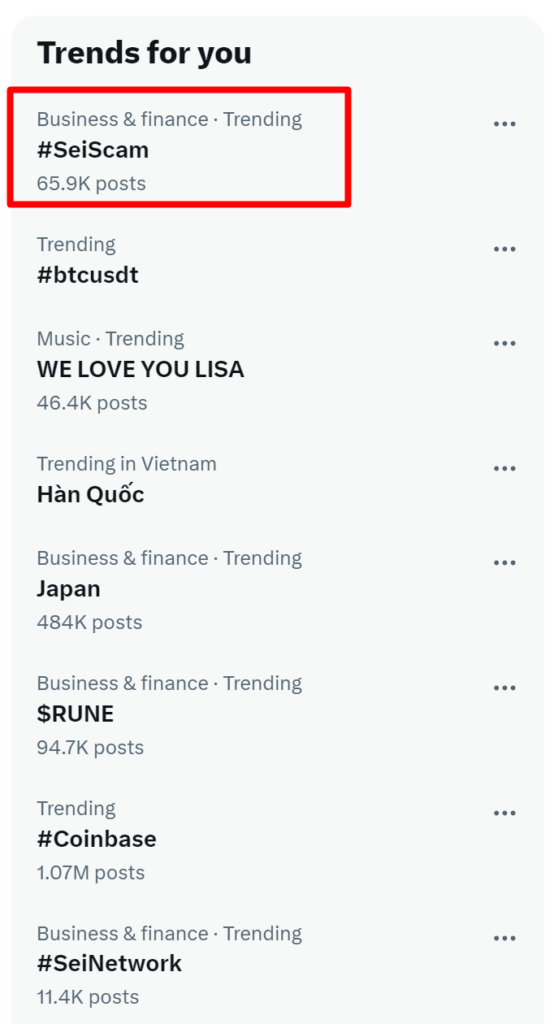
The hashtag #SeiScam quickly gained momentum on Twitter, amassing over 65,000 posts as users expressed their disappointment and frustration with the Sei Network. Accusations of a botched airdrop and unfulfilled promises fueled the trend.
Traders and enthusiasts shared their dissatisfaction with the project’s conduct. One crypto trader conveyed their disappointment, highlighting the #SeiScam trend as reflective of the overall community sentiment. This trader pointed out that several red flags had been raised, indicating a risky investment.

The Sei Network had introduced an ambassador program, promising rewards based on roles and contributions. However, changes to the rewards structure, including alterations to eligibility criteria, left the community dissatisfied. The shift in role requirements, coupled with a lack of transparency around rewards and tokenomics, fueled community concerns.
Upon witnessing the #SeiScam trend and the outcry from early contributors, the Sei foundation responded by attempting to include an additional one million eligible wallets for the airdrop. However, this effort failed to alter the prevailing sentiment and circumstances.
Read more: SEI Breaks Into Top 100 Crypto Ranking – The Rise of a Promising Token
SEI Token’s Price Impact and Trading Volumes

In the aftermath of the Mainnet launch, SEI token trading volumes experienced a 25% decline on August 17. Leading SEI markets were dominated by five pools on Binance, accounting for over 27% of trading volumes. The Upbit exchange played a significant role, particularly in trading SEI against the Korean Won (KRW), with a trading volume reaching $544 million.
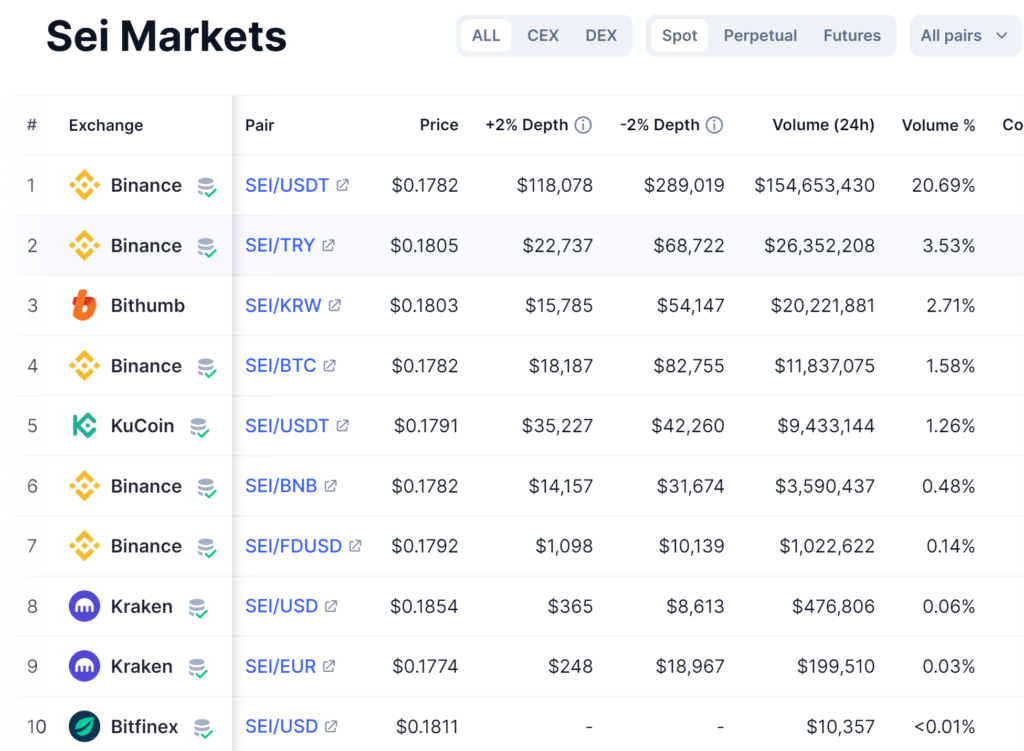
However, amid accusations of a potential scam and growing uncertainty, the SEI token’s value plummeted by 18% within 24 hours, settling at $0.178 by 1:00 PM UTC on August 17.
Conclusion
The Sei Network’s Mainnet launch, which generated initial excitement, was marred by allegations of a botched airdrop and unmet commitments. The trending hashtag #SeiScam on X (formerly Twitter) reflects the widespread community disillusionment and frustration with the project’s conduct. As the value of SEI tokens declined and uncertainty grew, the controversy underscored the importance of transparency and trust in the cryptocurrency ecosystem.
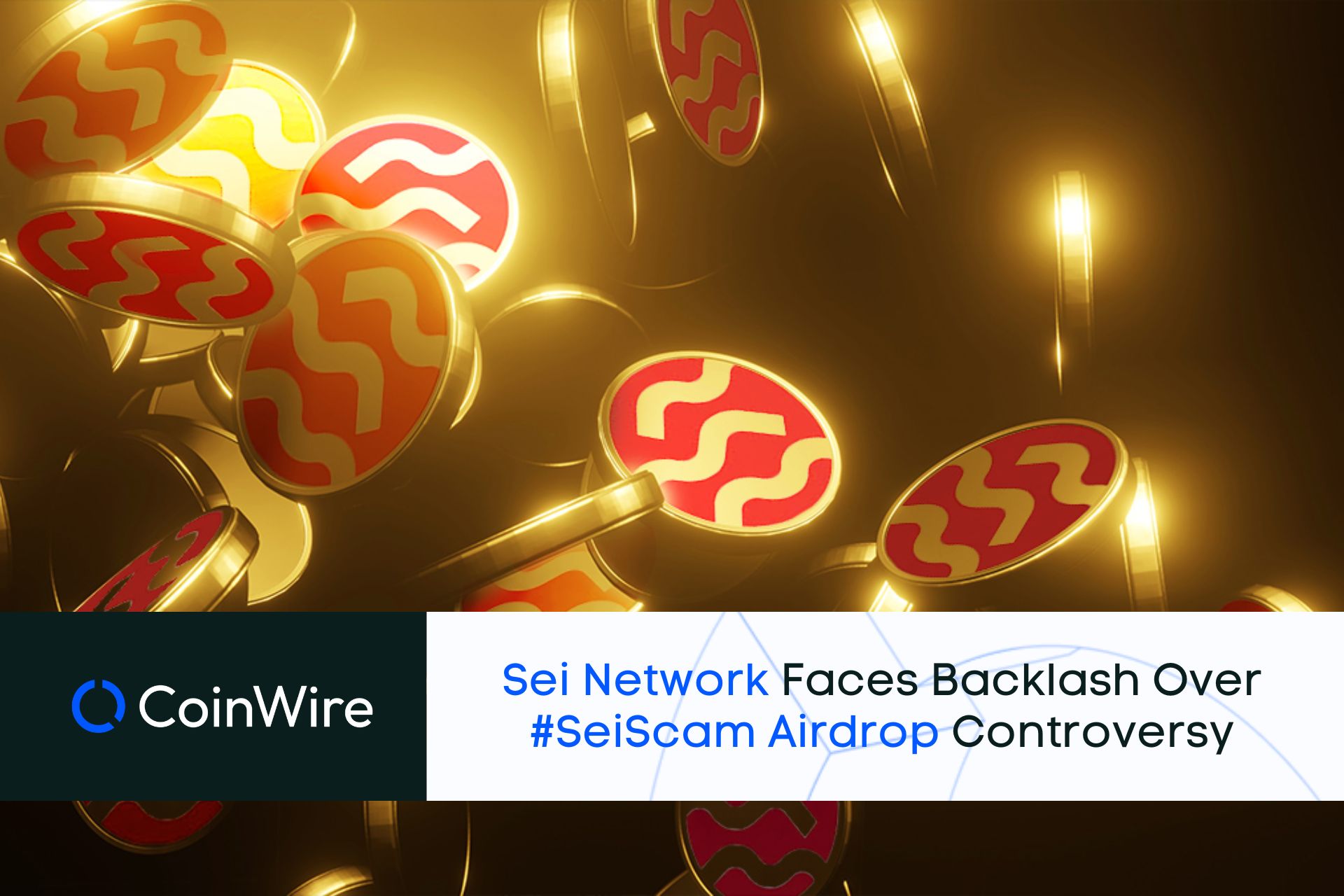



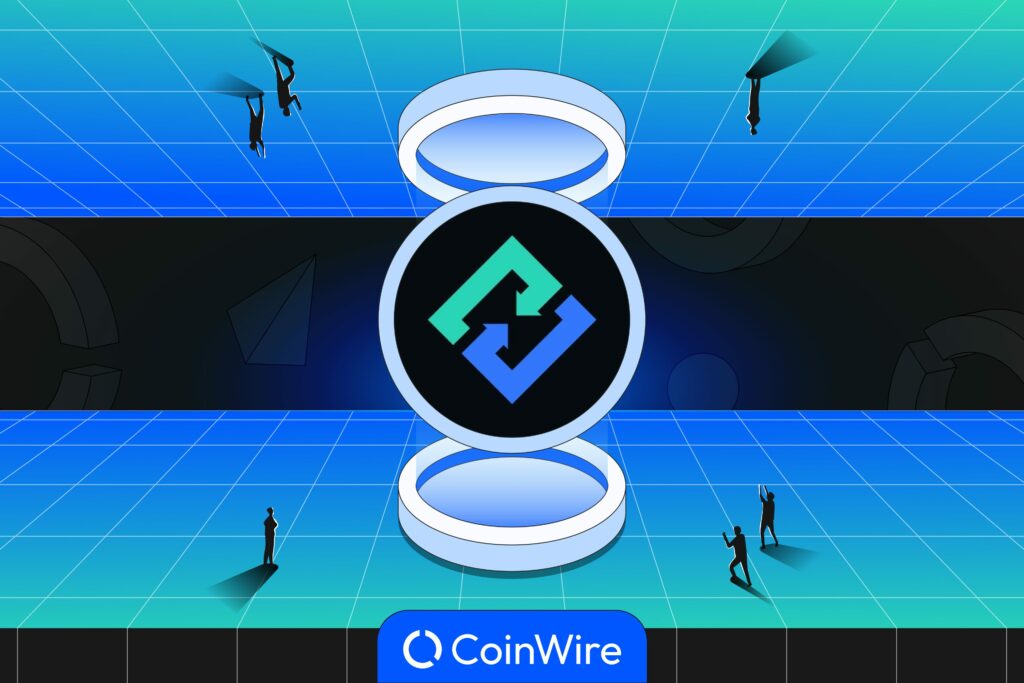
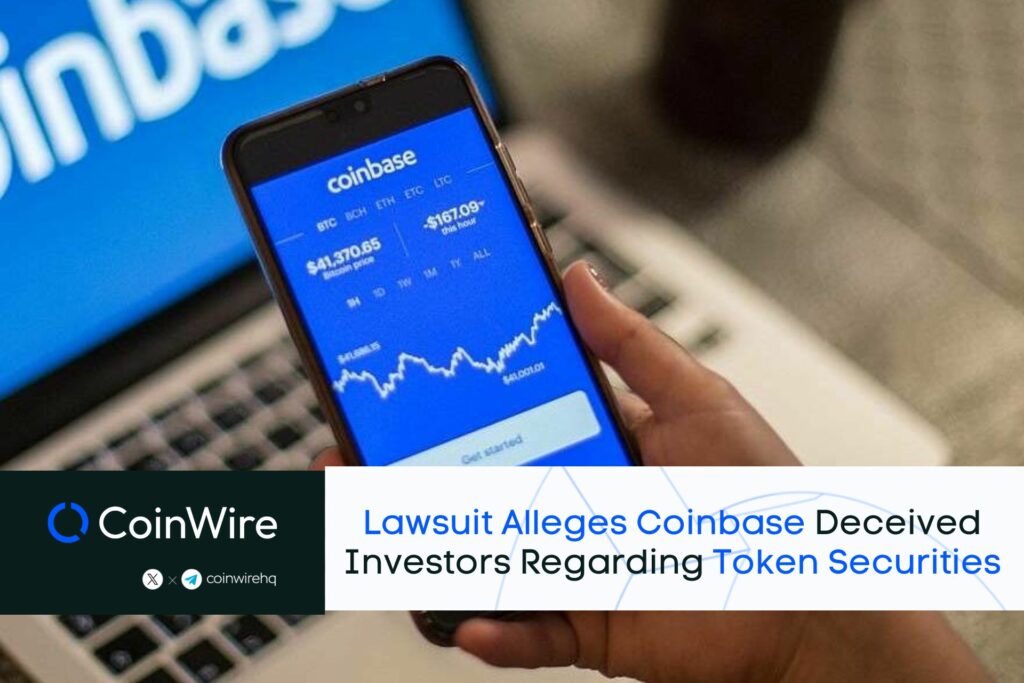
![Pionex Review ([currentyear]): Trading Bots, Fees, and Pros & Cons 17 Pionex Review Featured Image](https://coinwire.com/wp-content/uploads/2023/08/pionex-review-featured-image-1024x683.jpg)
![Best Crypto Exchanges in UAE and Dubai to Buy Bitcoin ([currentyear]) 18 Best Crypto Exchanges In Uae And Dubai Featured Image](https://coinwire.com/wp-content/uploads/2024/01/best-crypto-exchanges-in-uae-and-dubai-featured-image-1024x683.jpg)